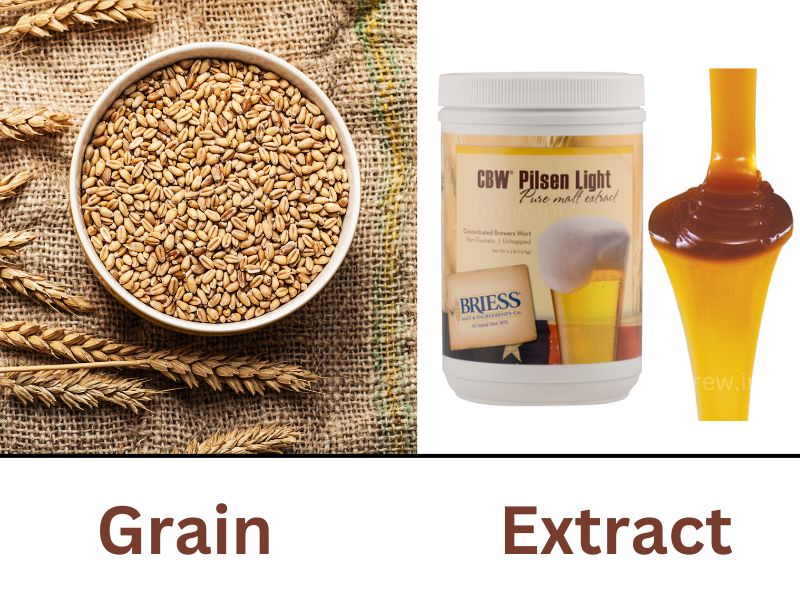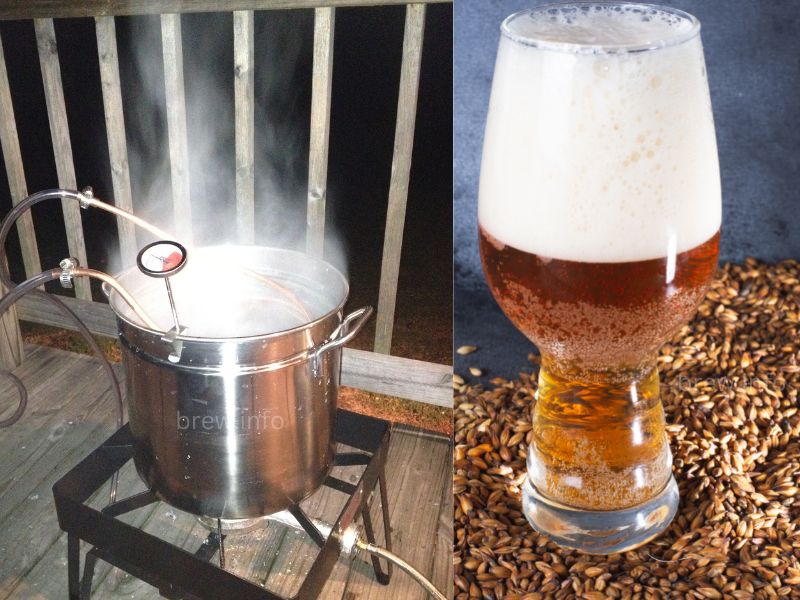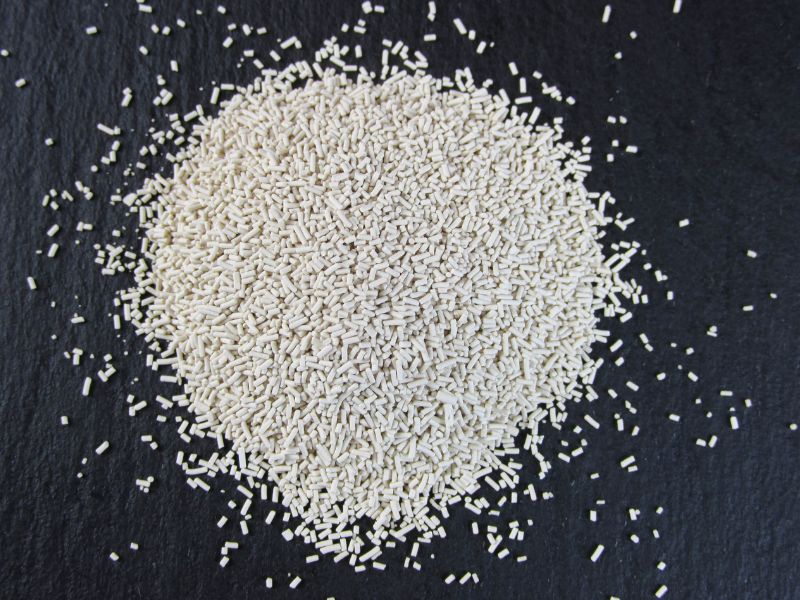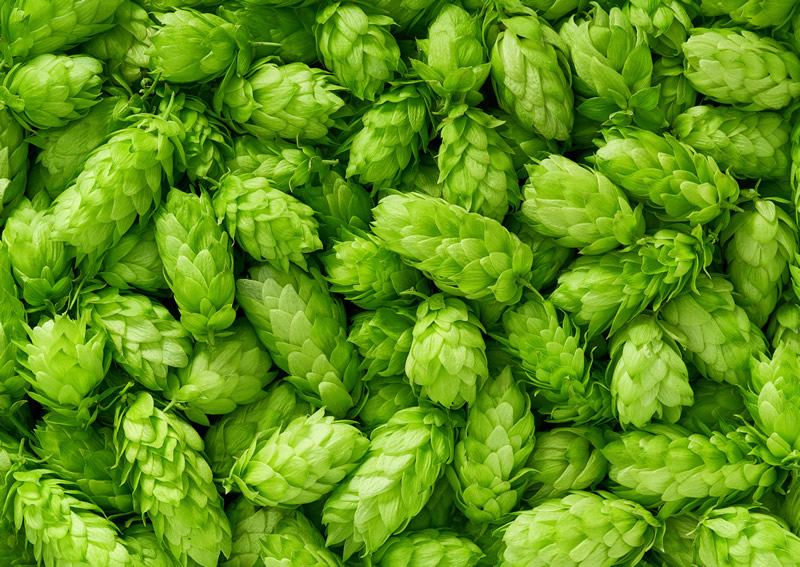As an experienced homebrewer of 13 years, I know just how rewarding it can be to brew your own beer at home. In this beginner’s guide to homebrewing, I’ll be sharing my knowledge and experience to help you get started on your own brewing journey.
Homebrewing is the process of brewing beer on a small scale, typically in your own home. While it may seem daunting at first, with the right equipment and a little bit of know-how, anyone can brew their own delicious beer at home. Not only is it a fun and rewarding hobby, but it can also save you money in the long run, as you’ll no longer need to buy beer from the store.
Before we get started, there are a few things you’ll need to know about the basic components of beer. Beer is made up of four main ingredients: water, malted barley, hops, and yeast. Water is the most important component of beer, as it makes up the majority of the final product. Malted barley provides the sugars that the yeast will consume to create alcohol. Hops are used to add bitterness and aroma to the beer, while yeast is the microorganism responsible for fermenting the sugars into alcohol.
Now that you have a basic understanding of the components of beer, let’s get started on the brewing process.
Step 1: Sanitation The first and most important step in homebrewing is ensuring that all of your equipment is clean and sanitized. Any bacteria or other microorganisms present in your equipment can spoil the beer, resulting in off flavors or even complete failure. To sanitize your equipment, use a solution of hot water and a no-rinse sanitizer like Star-San, following the instructions on the package. Also, view our post which is all about homebrewing equipment to learn more.
Step 2: Mashing The next step is mashing, which involves soaking the malted barley in hot water to extract the sugars. This is typically done in a large pot or a specialized mash tun. The temperature and duration of the mash will depend on the desired beer style, but generally, you’ll want to aim for a temperature between 148-158°F (64-70°C) for around an hour.
Step 3: Boiling After the mash is complete, it’s time to bring the wort (the liquid extracted from the malted barley) to a boil. This is typically done in the same pot or a larger brew kettle. Once the wort is boiling, hops are added at various intervals to achieve the desired bitterness and flavor. The boil typically lasts around an hour, but this can vary depending on the beer style. Learn more about the hops used in this step.
Step 4: Cooling and Fermentation After the boil is complete, it’s important to cool the wort down as quickly as possible to prevent contamination. Once the wort has cooled to the desired temperature (usually around 70°F/21°C), it’s time to add the yeast and transfer the wort to a fermentation vessel, which can be a carboy, bucket, or keg. The yeast will begin to ferment the sugars in the wort, producing alcohol and carbon dioxide. The fermentation process typically lasts around 1-2 weeks, depending on the beer style and the yeast strain used. There are many options for the yeast used in brewing that we go over in our post all about brewing yeast.
Step 5: Bottling or Kegging Once the fermentation is complete, it’s time to bottle or keg your beer. If bottling, you’ll need to add a small amount of priming sugar to the beer to carbonate it in the bottle. If kegging, you’ll need to force carbonate the beer using CO2. If you do keg it’s possible to have your beer ready in 24 hours vs. bottling which could take up to two weeks to carbonate in the bottle. After carbonation, the beer is ready to drink!
Another option for beginner homebrewers is extract brewing. Instead of starting with malted barley and converting the sugars through the mashing process in step 2, extract brewing involves using pre-made malt extract syrup or powder, which has already undergone the mashing process. This can be a good option for those who are just starting out or don’t have the space or equipment to do all-grain brewing.
The process of extract brewing is similar to all-grain brewing, but instead of mashing the malted barley, you simply dissolve the malt extract in water and bring it to a boil. From there, you can add hops and follow the same fermentation and bottling or kegging steps as with all-grain brewing.

While extract brewing can be a good option for beginners, it’s worth noting that it can be more expensive than all-grain brewing in the long run, as pre-made malt extract can be pricier than buying malted barley in bulk. Additionally, some homebrewers feel that all-grain brewing allows for more creativity and control over the final product.
Regardless of whether you choose all-grain or extract brewing, the most important thing is to have fun and enjoy the process. Experiment with different ingredients and techniques, take good notes, and don’t be afraid to make mistakes. With a little bit of practice and patience, you’ll be brewing delicious beer in no time! You can also learn more about the malts and adjuncts used in brewing by reading our detailed post.
While this may seem like a lot of information to take in, don’t be discouraged. Homebrewing is a fun and rewarding hobby that anyone can enjoy with a little bit of practice and patience.
To help get you started, here are a few tips for success:
- Start Simple When you’re just starting out, it’s best to stick to simple recipes and techniques. This will allow you to focus on the fundamentals of brewing and develop a better understanding of the process. As you gain more experience, you can start to experiment with more complex recipes and techniques.
- Take Good Notes One of the most important things you can do as a homebrewer is to take good notes throughout the brewing process. This will allow you to replicate successful recipes and troubleshoot any issues that arise. Be sure to record the date, recipe, ingredients, temperatures, and any other relevant details.
- Join a Homebrewing Community Homebrewing is a social hobby, and there are many communities of like-minded brewers out there. Joining a local homebrewing club or online community can be a great way to learn from more experienced brewers, get feedback on your recipes, and make new friends.
- Have Fun! At the end of the day, homebrewing is all about having fun and enjoying the process. Don’t take it too seriously, and don’t be afraid to make mistakes. Some of the best beers I’ve ever brewed have come from happy accidents and experimentation.
In conclusion, homebrewing is a fun and rewarding hobby that anyone can enjoy with a little bit of practice and patience. While there is certainly a learning curve, the satisfaction of brewing your own delicious beer is well worth the effort. So grab a brew kettle, and some malted barley, and start brewing! Cheers!
© 2011-2023 by Brew.info. All rights reserved. No part of this document may be reproduced or transmitted in any form or by any means, electronic, mechanical, photocopying, recording, or otherwise, without prior written permission of Brew.info.action of brewing your own delicious beer is well worth the effort. So grab a brew kettle, and some malted barley, and start brewing! Cheers!







